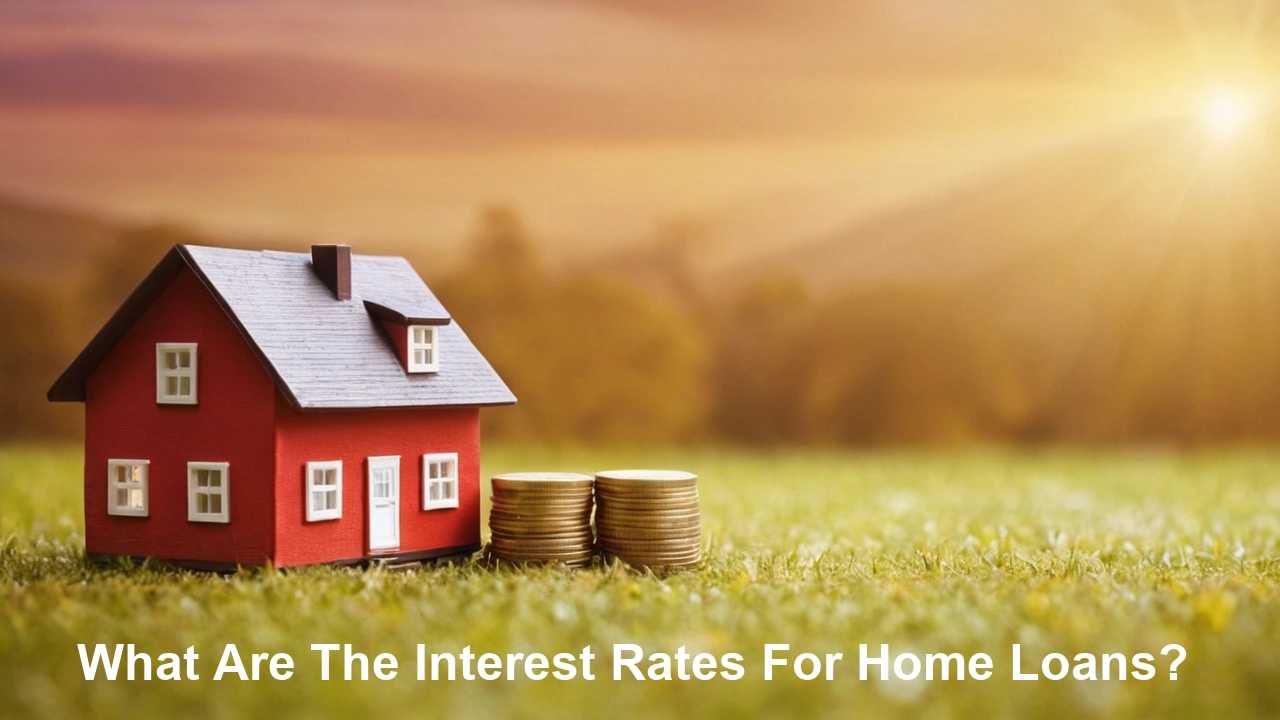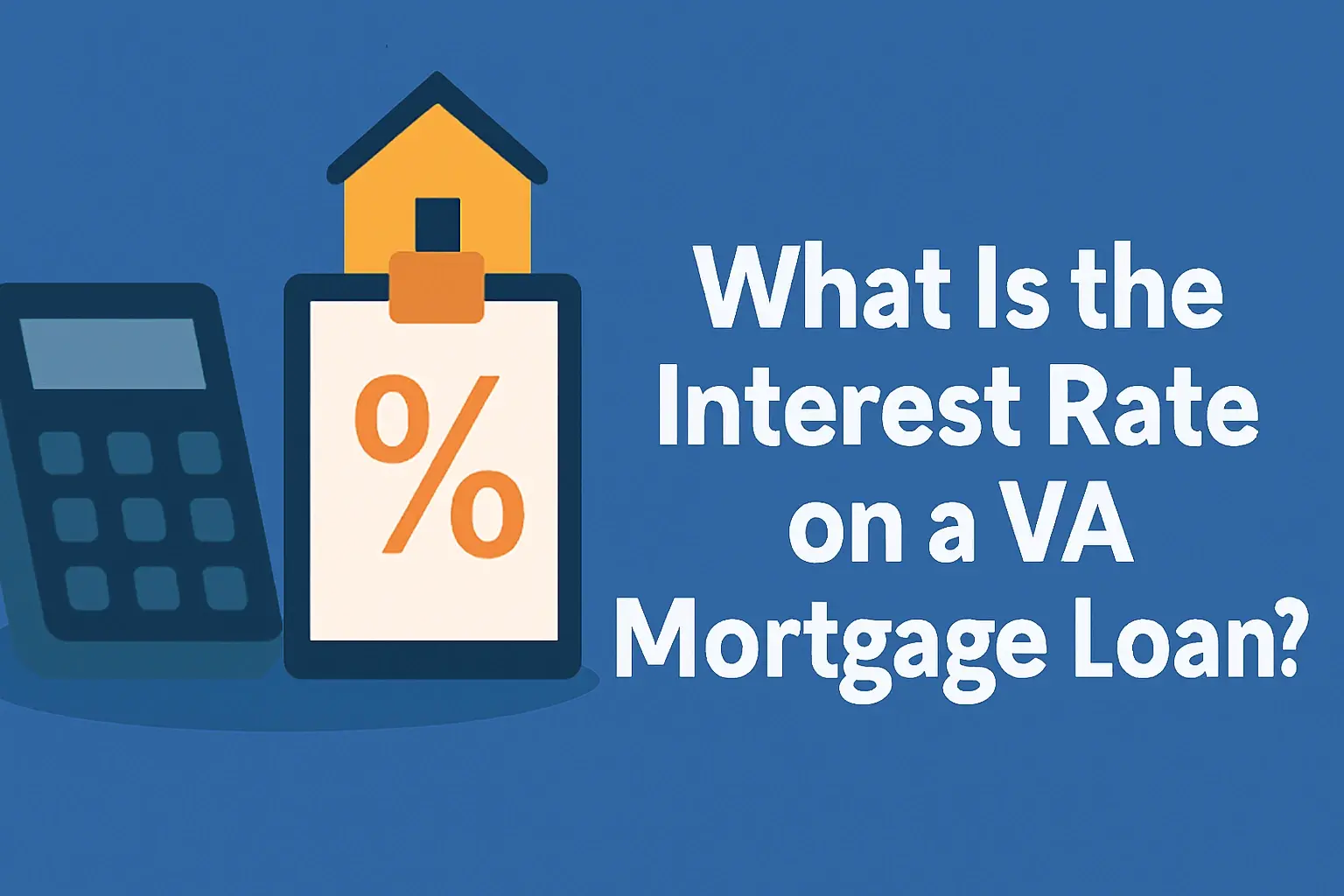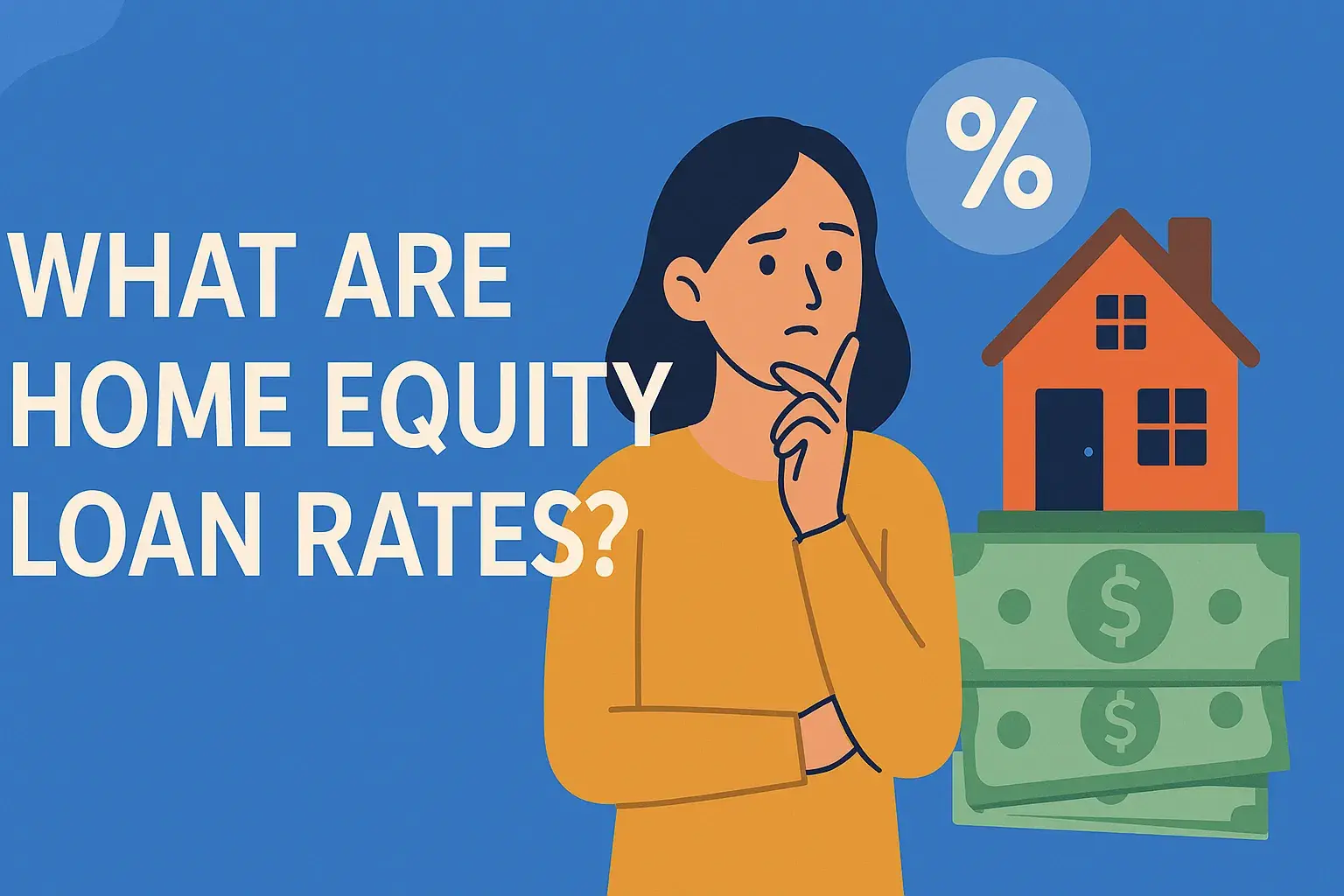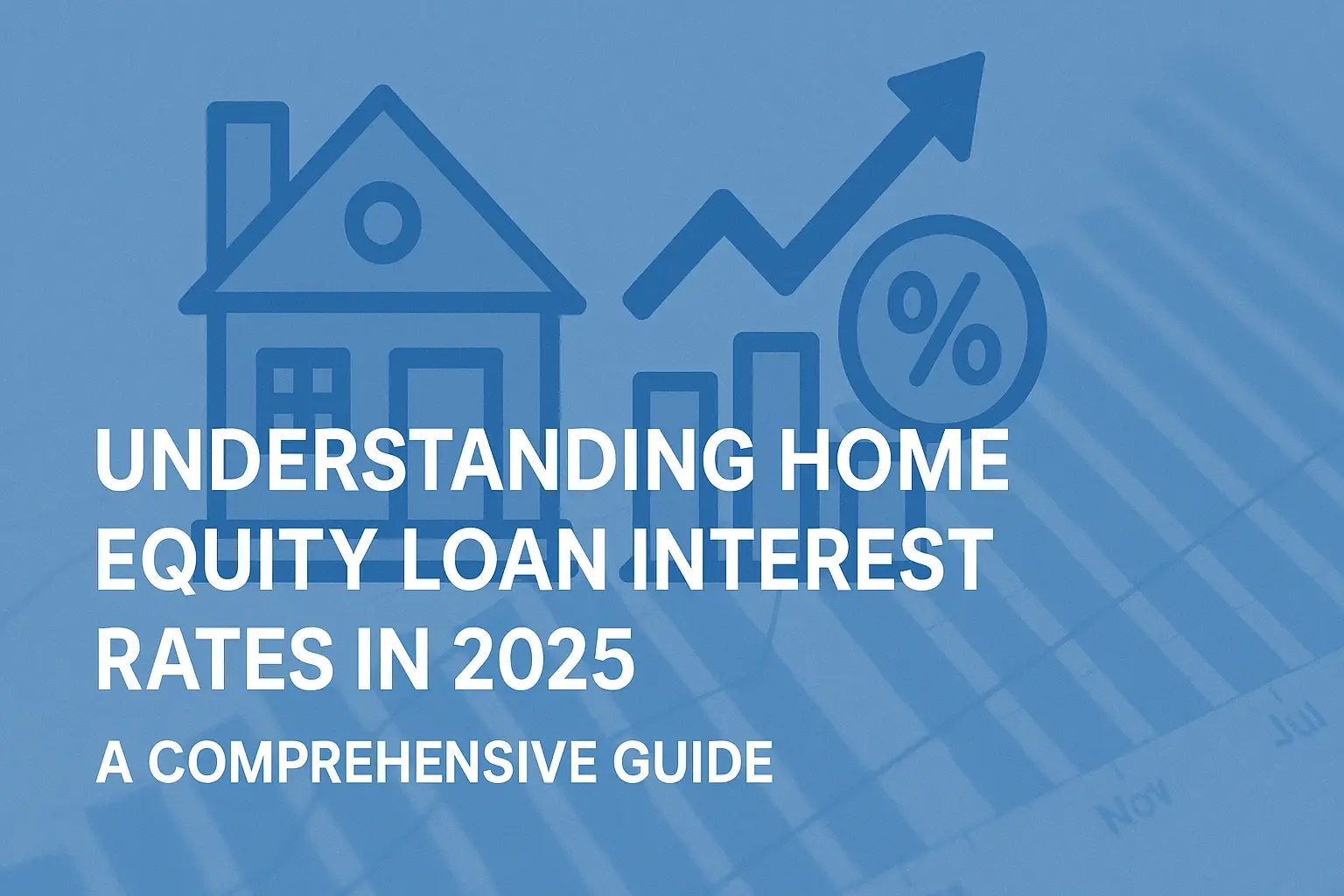-
Posted on: 23 Aug 2024

-
Buying a home is a significant financial undertaking, and understanding home loan interest rates is a crucial first step. The interest rate you secure on your mortgage will significantly impact your monthly payments and the total cost of your home over the life of the loan. This comprehensive guide will explore the various aspects of home loan interest rates, helping you make informed decisions and potentially save thousands of dollars.
Understanding Home Loan Interest Rates
In simple terms, a home loan interest rate is the price you pay the lender for borrowing money to buy a property. It's expressed as a percentage of the loan amount. This percentage is added to your principal balance, and you repay it over the loan term, usually in monthly installments.
Key Terms to Know
- Principal: The original amount of money borrowed.
- Interest: The cost of borrowing money, expressed as a percentage.
- Loan Term: The length of time you have to repay the loan (e.g., 15 years, 30 years).
- APR (Annual Percentage Rate): The total cost of the loan expressed as an annual rate. It includes the interest rate plus other fees, such as origination fees, discount points, and mortgage insurance. APR provides a more accurate picture of the overall cost compared to just the interest rate.
- Fixed Rate: An interest rate that remains constant throughout the loan term.
- Adjustable Rate (ARM): An interest rate that can fluctuate over the loan term, typically based on a benchmark index plus a margin.
- Points: Upfront fees paid to the lender to lower the interest rate. One point equals 1% of the loan amount.
Types of Home Loan Interest Rates
There are two primary types of home loan interest rates: fixed and adjustable.
Fixed-Rate Mortgages
With a fixed-rate mortgage, your interest rate remains the same for the entire loan term. This provides predictability and stability in your monthly payments, making it easier to budget. Fixed-rate mortgages are a popular choice, especially when interest rates are relatively low.
Advantages of Fixed-Rate Mortgages:
- Predictable Monthly Payments: Your principal and interest payment remain constant, making budgeting easier.
- Protection Against Rising Interest Rates: You are shielded from any increases in market interest rates.
- Simplicity: Easy to understand and manage.
Disadvantages of Fixed-Rate Mortgages:
- Higher Initial Interest Rates: Fixed rates are typically higher than initial rates on adjustable-rate mortgages.
- Missed Opportunity to Benefit from Falling Rates: If interest rates decline, you are locked into your higher rate unless you refinance.
Adjustable-Rate Mortgages (ARMs)
An adjustable-rate mortgage (ARM) has an interest rate that can change periodically throughout the loan term. The initial interest rate is often lower than that of a fixed-rate mortgage, making it attractive to some borrowers. However, after an initial fixed period (e.g., 5 years, 7 years, 10 years), the interest rate adjusts based on a benchmark index, such as the Secured Overnight Financing Rate (SOFR) or the Constant Maturity Treasury (CMT) rate, plus a margin set by the lender.
Advantages of Adjustable-Rate Mortgages:
- Lower Initial Interest Rates: ARMs often offer lower introductory rates, resulting in lower initial monthly payments.
- Potential for Lower Rates: If interest rates fall, your payments will decrease after the rate adjusts.
Disadvantages of Adjustable-Rate Mortgages:
- Unpredictable Monthly Payments: Your payments can fluctuate as interest rates change, making budgeting more challenging.
- Risk of Increased Payments: If interest rates rise significantly, your payments could become unaffordable.
- Complexity: ARMs can be more complex to understand than fixed-rate mortgages.
Hybrid ARMs
Hybrid ARMs combine features of both fixed-rate and adjustable-rate mortgages. They have an initial fixed-rate period, followed by an adjustable-rate period. For example, a 5/1 ARM has a fixed rate for the first five years, then adjusts annually for the remaining loan term. They are often expressed as x/y ARM, where x is the number of years the rate is fixed, and y is the adjustment frequency after the fixed period.
Factors Affecting Home Loan Interest Rates
Several factors influence the interest rate you'll be offered on a home loan. Understanding these factors can help you improve your chances of securing a lower rate.
Economic Conditions
The overall state of the economy plays a significant role in determining interest rates. Factors such as inflation, economic growth, and unemployment can all impact mortgage rates. When the economy is strong, interest rates tend to rise, and when the economy is weak, interest rates tend to fall.
Federal Reserve Policy
The Federal Reserve (the Fed) sets the federal funds rate, which influences the cost of borrowing for banks. Changes in the federal funds rate can indirectly impact mortgage rates. When the Fed raises rates, mortgage rates typically follow suit.
Inflation
Inflation erodes the purchasing power of money. Lenders demand higher interest rates to compensate for the expected loss of value due to inflation. Higher inflation generally leads to higher interest rates.
Credit Score
Your credit score is a crucial factor in determining your interest rate. A higher credit score indicates a lower risk to the lender, resulting in a lower interest rate. Aim for a credit score of 740 or higher to qualify for the best rates. Scores above 760 are usually considered excellent.
Down Payment
The size of your down payment can also affect your interest rate. A larger down payment reduces the lender's risk, as you have more equity in the property. Borrowers with smaller down payments may be required to pay private mortgage insurance (PMI), which increases the overall cost of the loan.
Loan Term
The length of the loan term (e.g., 15 years, 30 years) affects the interest rate. Shorter loan terms typically have lower interest rates because the lender is taking on less risk. However, shorter terms result in higher monthly payments.
Loan Type
Different types of home loans, such as conventional loans, FHA loans, VA loans, and USDA loans, have varying interest rates and eligibility requirements. Government-backed loans like FHA, VA, and USDA loans often offer lower interest rates and more lenient credit requirements, but may have other associated fees or restrictions.
Property Type and Location
The type and location of the property can also influence your interest rate. Lenders may perceive certain property types or locations as riskier, leading to higher interest rates. For example, a rural property might have a slightly higher rate than a property in a suburban area due to potentially lower resale value.
How to Get the Best Home Loan Interest Rate
Securing the best possible interest rate on your home loan requires preparation and diligence. Here are some tips to help you get the best deal:
Improve Your Credit Score
Check your credit report for errors and take steps to improve your credit score. Pay your bills on time, reduce your credit card balances, and avoid opening new credit accounts before applying for a mortgage.
Save for a Larger Down Payment
Aim for a down payment of at least 20% to avoid private mortgage insurance (PMI) and qualify for a lower interest rate. The higher your down payment, the lower the lender's risk.
Shop Around for Lenders
Don't settle for the first offer you receive. Get quotes from multiple lenders, including banks, credit unions, and online mortgage lenders. Compare interest rates, fees, and loan terms to find the best deal. Use online mortgage comparison tools to streamline the process.
Consider Discount Points
Consider paying discount points to lower your interest rate. Each point typically costs 1% of the loan amount and can reduce your interest rate by a small percentage. However, carefully weigh the cost of the points against the potential savings over the life of the loan.
Negotiate with Lenders
Don't be afraid to negotiate with lenders. If you receive a lower offer from one lender, use it as leverage to negotiate a better rate with another lender. Lenders are often willing to compete for your business.
Choose the Right Loan Type
Explore different loan types to determine which one is best suited to your financial situation. If you qualify for a VA or USDA loan, you may be able to secure a lower interest rate than with a conventional loan.
Consider Refinancing
If interest rates fall after you've taken out a mortgage, consider refinancing to a lower rate. Refinancing can save you money on your monthly payments and over the life of the loan. However, weigh the costs of refinancing (appraisal fees, closing costs) against the potential savings. A general rule of thumb is that refinancing is worthwhile if you can lower your interest rate by at least 0.5% to 1%.
Lock in Your Interest Rate
Once you've found a favorable interest rate, consider locking it in to protect yourself from potential rate increases. A rate lock guarantees that the lender will honor the quoted interest rate for a specified period, typically 30 to 60 days. Be aware that rate locks can sometimes have fees associated with them.
Understanding APR vs. Interest Rate
It's essential to distinguish between the interest rate and the APR (Annual Percentage Rate). The interest rate is simply the cost of borrowing money, expressed as a percentage. The APR, on the other hand, represents the total cost of the loan, including the interest rate and other fees, such as origination fees, discount points, and mortgage insurance. The APR provides a more comprehensive picture of the true cost of the loan.
When comparing loan offers, pay close attention to the APR, as it reflects the total cost you'll pay over the loan term. A lower interest rate may not always be the best deal if the APR is higher due to other fees.
The Impact of Loan Term on Interest Rates
The length of your loan term has a significant impact on both your interest rate and your monthly payments. Shorter loan terms (e.g., 15 years) typically have lower interest rates than longer loan terms (e.g., 30 years). However, shorter loan terms result in higher monthly payments because you're paying off the principal faster.
A 30-year mortgage offers lower monthly payments, making it more affordable in the short term. However, you'll pay significantly more in interest over the life of the loan compared to a 15-year mortgage.
Consider your financial goals and risk tolerance when choosing a loan term. If you prioritize lower monthly payments, a 30-year mortgage may be a better choice. If you want to pay off your mortgage faster and save on interest, a 15-year mortgage may be a better option.








